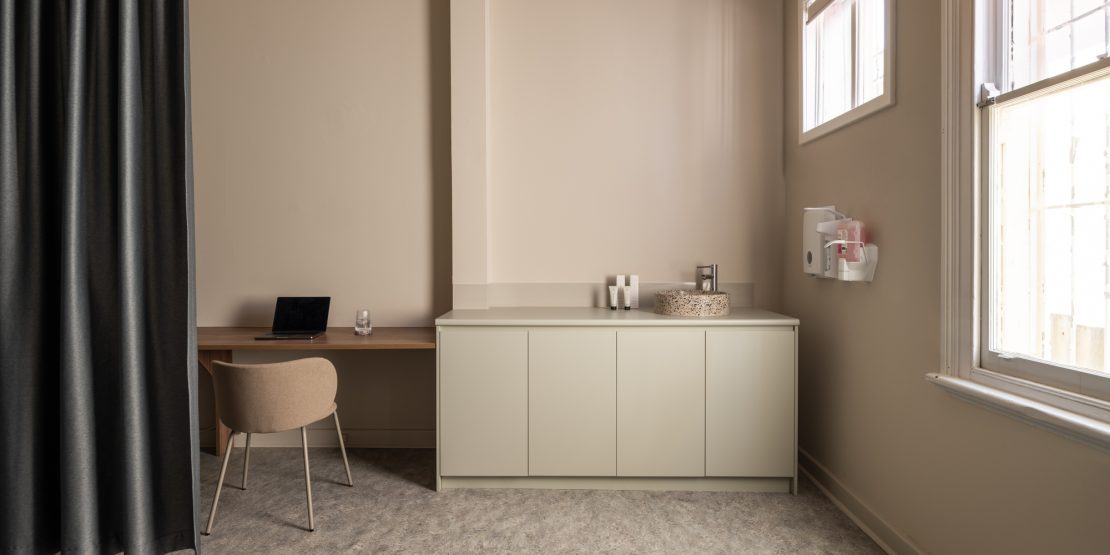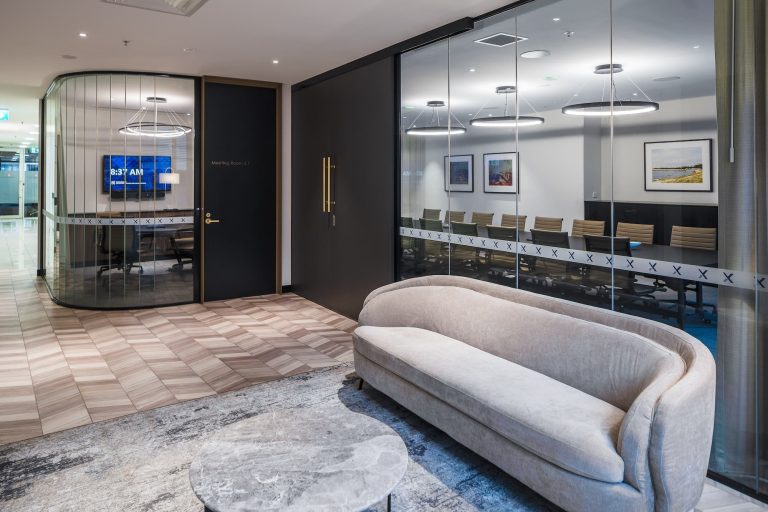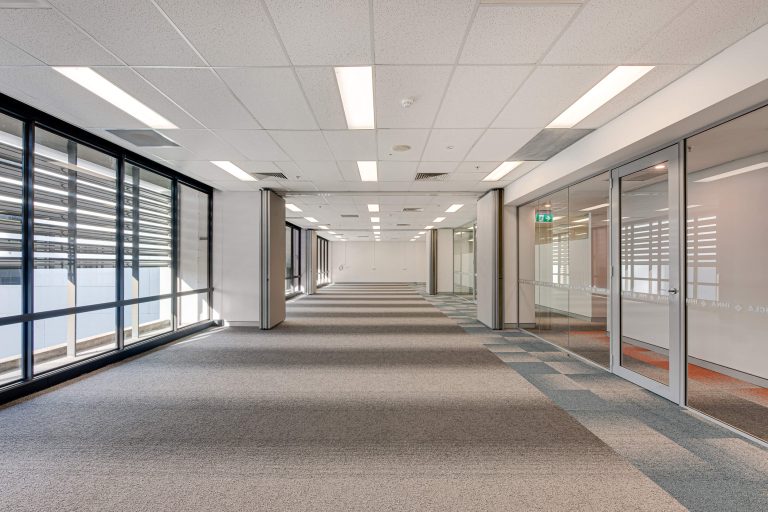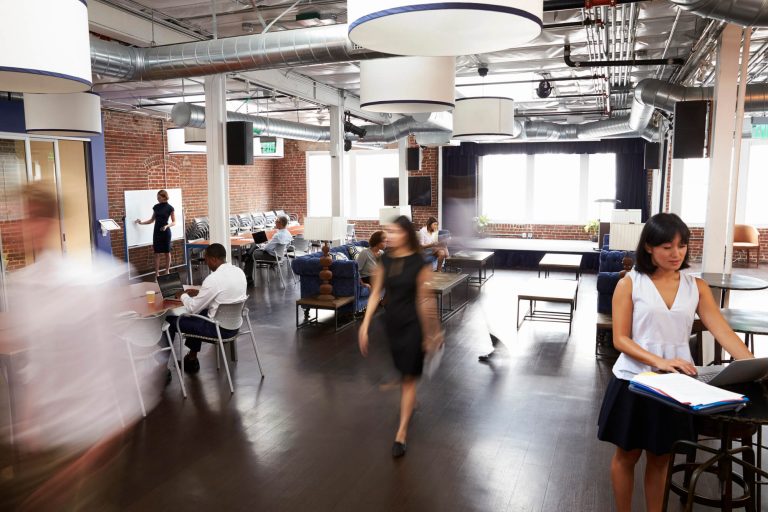One of the latest office design crazes are standing desks and work stations. When choosing office furniture in a fitout you may be considering if a standing alternative is right for your company and office culture. To help you become more informed and able to make a decision we’ve put together a list of pros and cons surrounding standing desks.
Standing desk advantages
- Increased metabolism. Many people that begin to use standing desks frequently report an initial weight loss and lower maintained weight.
- More focused. Standing gives you a better concentration span and ability to focus on a task thoroughly. You become more productive and get more work done at a standing desk once the transitional period is over and you know how you work best.
- Reduced back pain. Many office workers have lower back pain and problematic posture as a result of sitting for extended periods of time. A standing desk encourages movement which in turn reduces body pain.
- Improved communication among team members. Often you will put off walking across the office to talk to a colleague; removing the perceived effort of getting up and out of your chair makes you far more likely to make the trip or grab someone for a quick chat as they are walking past.
Standing desk disadvantages
- Soreness and tension as your body adjusts to standing. Our bodies have become so used to sitting and not being engaged for long periods that the shift comes as a shock and our bodies (particularly the legs and feet) have an initial negative reaction.
- Everyone can see you and your screen! Cubicle walls are low and standing desks mean that there is reduced privacy when your desks are in the standing position. This could be an issue for industries that require a high degree of privacy.
- Ergonomically standing desks aren’t compatible with laptops. Elbows should be kept at 90 degrees with the screen at eye level and a comfortable distance away. The keyboard and screen connection on a laptop make this difficult.
How to incorporate standing desks
Switching an office from sitting 8 hours a day to standing will require a transitional period where bodies become accustomed to standing more frequently and for longer periods. Start by standing for short periods throughout the day, slowly increasing the time you spend with your desk in a standing position until you find a comfortable balance.
Investing in standing mats will also improve the level of comfort your team find in standing for longer periods of time as it reduces the strain on the feet.
Considering a fitout with standing desks and looking for advice on designs and functionality in the workplace? Talk to the team at Perth Citi Fitout. Contact Perth Citi Fitout here or on 08 9249 1347.



